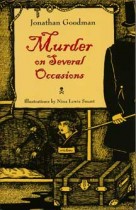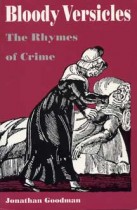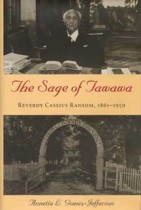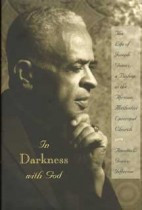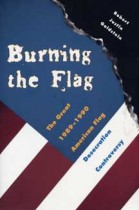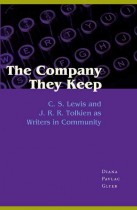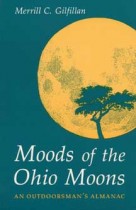My Greatest Day in Football
Murray Goodman and Leonard Lewin | Filed under: Sports, Writing Sports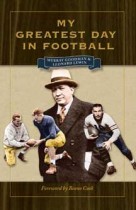
First published in 1948, My Greatest Day in Football is a collection of reminiscences and stories from football’s early stars. College football games were the most memorable moments for many of these players and coaches, though some highlight professional and even high school games. Sam “Slingin’ Sammy” Baugh recounts the National League Championship game played at Wrigley Field during his rookie season; Felix A. “Doc” Blanchard, nicknamed “Mr. Inside” for his powerful running attack, describes the triumphant day when Army ended its thirteen-year losing streak to Notre Dame; and Glenn Scobie “Pop” Warner explains why a tough battle against Cal was his greatest day, even though his Stanford team was not victorious. George “the Gipper” Gipp, Knute Rockne, and Paul Brown, who perhaps provides the most surprising game of all, are all included in My Greatest Day in Football.

